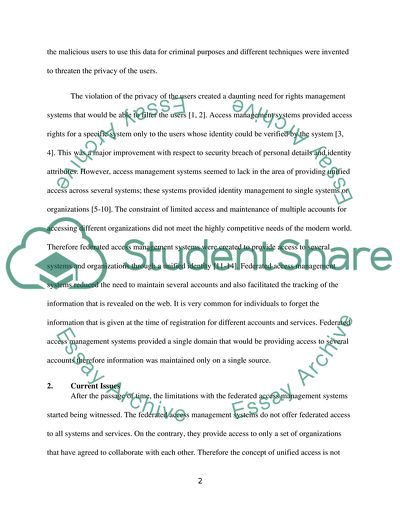Cite this document
(An Invention of a Ubiquitous Access Management System Research Paper, n.d.)
An Invention of a Ubiquitous Access Management System Research Paper. Retrieved from https://studentshare.org/information-technology/1744573-an-invention-of-a-ubiquitous-access-management-system
An Invention of a Ubiquitous Access Management System Research Paper. Retrieved from https://studentshare.org/information-technology/1744573-an-invention-of-a-ubiquitous-access-management-system
(An Invention of a Ubiquitous Access Management System Research Paper)
An Invention of a Ubiquitous Access Management System Research Paper. https://studentshare.org/information-technology/1744573-an-invention-of-a-ubiquitous-access-management-system.
An Invention of a Ubiquitous Access Management System Research Paper. https://studentshare.org/information-technology/1744573-an-invention-of-a-ubiquitous-access-management-system.
“An Invention of a Ubiquitous Access Management System Research Paper”, n.d. https://studentshare.org/information-technology/1744573-an-invention-of-a-ubiquitous-access-management-system.


